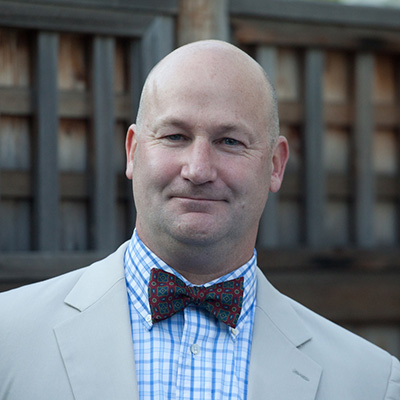The Monterey Bay Aquarium in Monterey, California, U.S.A., has operated a world-renowned aquarium for 40 years but also has, for the past 25 years, operated the Seafood Watch program intended to guide consumers, chefs, and other buyers in determing whether the seafood they’re sourcing is sustainable.
The Seafood Watch program's red, yellow, and green rating system has also driven change by incentivizing fisheries and aquaculture operations to improve their sustainability efforts.
However, a quarter-century after Seafood Watch’s founding, the aquarium has realized that driving change in red-rated fisheries and farms has been complex and difficult because they often lack the resources and incentives needed to improve their rating on their own. Instead, change in these operations typically requires complex work outside the supply chain with a variety of stakeholders who can help remove barriers to responsible production, according to Monterey Bay Aquarium Director of Global Programs Wendy Norden.
In response, Monterey Bay Aquarium has developed a global conservation team of more than 25 fellows, aiming to work with red-rated operations to improve the management and health of the fisheries, farms, and communities dependent on them.
“Our global conservation team is helping us develop interventions and strategies to support and improve the social, economic, and environmental impacts of the industry,” Norden said. “This allows us to work across supply chains and in different commodity groups but still focus on and address the specific needs of the communities and producers we work with.”
Cormac O’Sullivan, Monterey Bay Aquarium’s senior fellow for global aquaculture, innovation, and science, said one-size-fits-all solutions often disadvantage small-scale fishers and producers.
“There are a number of well-established tools for seafood sustainability, like Seafood Watch ratings or certification, but the industry is so varied. Even in the shrimp sector alone, there is incredible diversity in production,” he said. “We need to be flexible in how we apply those tools to support communities while incentivizing change.”
From a small-scale fishing or farming perspective, the task of investing in responsible practices and verification is daunting, according to Norden, and to make matters worse for these operations, a red rating can disincentivize, rather than spur, change for farmers or fishers who become discouraged by such a review.
“The aquarium has broadened its approach by including more tools and strategies but also deepened its approach. Buyer or market requirements for sustainability can act as a barrier to improvement without incentives that reach the fishermen and producers,” Norden said. “We want to build capacity and support communities in a way where we are meeting the needs of the people who are delivering these key products to market while supporting their improvement efforts.”
With that perspective front of mind, Norden and O’Sullivan are part of a team working on a project in Vietnam with one of the aquarium’s newly created tools: the Community Development Fund.
The fund is managed by Monterey Bay Aquarium but is wholly independent of Seafood Watch assessments, and the money collected for the Community Development Fund goes directly to community improvement projects. The aquarium covers staffing and other administrative costs through its internal budget.
Tam Giang Dong Commune is a village of approximately 800 people where small-scale shrimp farming dominates the local economy. The aquarium has worked with a group of local partners including Cà Mau Former Oversea Student Network and the People's Committee of Tam Giang Dong Commune, as well as several community members, to identify a specific need for the community that could then be submitted as a proposal to the Community Development Fund for financing.
The community eventually decided that the construction of a new bridge to replace the dilapidated one it depended on to get children to school, reach the community hospital, and access markets and other parts of the community was its top priority.
The bridge has been impassable during rainy season flooding, and though it does not directly create supply chain efficiencies or improve oversight of fishery or aquaculture operations, it creates real value for the community and flips the sustainability value proposition for these communities from a market barrier to an asset, as well as an active incentive, for employing responsible practices, according to O'Sullivan.
“Creating incentives in these small-scale shrimp-farming communities can be very difficult, but they are essential to increasing the amount of responsible shrimp coming into the market. This is very different from salmon farming where operations can more easily access sustainable markets through certification and can change or move their operations based on need,” O’Sullivan said. “In southern Vietnam, there are hundreds of thousands of shrimp farms and farmers, and this is not just a business; it is their livelihood. Not only is it hard for them to make significant changes to how they operate, but investing in changes that may lead to certification and may return benefits years down the road is impractical. This model allows the community to see real benefits from their investment in responsible practices almost immediately.”
Construction on the bridge started in August 2024 and is expected to finish up some point this fall. Minh Phu, Bon Appetit Management Company, Seafresh, and CASES, all aquarium business partners, donated money to the Community Development Fund for the bridge construction.
“The model resonates with supply chain companies, as these companies want to see sustainability improvements and appreciate the ability to have a direct impact on a community and their operations. The Community Development Fund provides companies with a platform to do that,” O’Sullivan said.
The aquarium has plans to introduce additional projects in India, Indonesia, and Bangladesh, with an anticipated spread around the globe.








